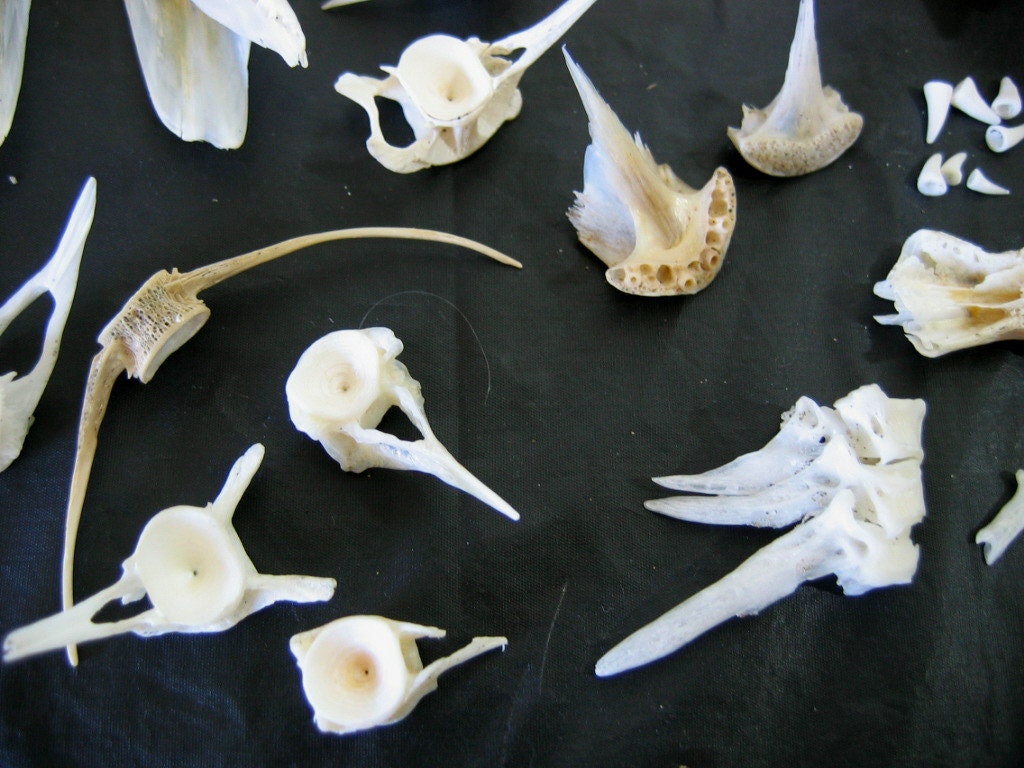Greeks captivated by Alexander-era tomb at Amphipolis
By Giorgos Christides, Amphipolis, Greece
The discovery of an enormous tomb in northern Greece, dating to the time of Alexander the Great of Macedonia, has enthused Greeks, distracting them from a dire economic crisis.
Who, they are asking, is buried within.
In early August, a team of Greek archaeologists led by Katerina Peristeri unearthed what officials say
is the largest burial site ever to be discovered in the country. The mound is in ancient Amphipolis, a major city of the Macedonian kingdom, 100km (62 miles) east of Thessaloniki, Greece's second city.
The structure dates back to the late 4th Century BC and is 500m (1,600ft) wide, dwarfing the burial site of Alexander's father, Philip II, in Vergina, west of Thessaloniki.
"We are watching in awe and with deep emotion the excavation in Amphipolis," Greek Culture Minister Konstantinos Tasoulas told the BBC.
"This is a burial monument of unique dimensions and impressive artistic mastery. The most beautiful secrets are hidden right underneath our feet."
Inside the tomb, archaeologists discovered two magnificent caryatids. Each of the sculpted female figures has one arm outstretched, presumably to discourage intruders from entering the tomb's main chamber.
The caryatids' modern counterparts are sitting in a police car, some 200m (650 feet) from the tomb's entrance.
The dig site is protected 24 hours a day by two police officers.
Their mission is to keep away the scores of journalists and tourists who arrive here by a winding dirt road from the nearby village of Mesolakkia.
An imposing no-entry traffic sign serves the same purpose.
-----------------------------------------------------------------------
Amphipolis site
437 BC Founded by Athenians near gold and sliver mines of Pangaion hills
357 BC Conquered by Philip II of Macedon, Alexander the Great's father
Under Alexander, served as major naval base, from which fleet sailed for Asia
1964 First official excavation began, led by Dimitris Lazaridis
------------------------------------------------------------------------
The excavation team has made no statement regarding the identity of the tomb's occupant.
But this has not prevented the media, archaeologists and laypersons alike from becoming embroiled in an often heated guessing game.
Archaeologists agree that the magnificence of the tomb means it was built for a prominent person - perhaps a member of Alexander's immediate family; maybe his mother, Olympias, or his wife, Roxana -or some noble Macedonian.
Others say it could be a cenotaph.
But only the excavation team can give definitive answers, and progress has been slow since the workers discovered a third chamber that is in danger of collapse.
Experts have not reached a verdict,
but for the few hundred inhabitants of modern-day Amfipoli and Mesolakkia, the two villages closest to the burial site, there is no doubt: interred inside the marble-walled tomb unearthed near their homes is none other than Alexander the Great. 8)
"Only Alexander merits such a monument," says farmer Antonis Papadopoulos, 61, as he enjoys his morning coffee with fellow villagers in a taverna opposite the Amfipoli archaeological museum.
"The magnitude and opulence of this tomb is unique. Common sense says he is the one buried inside."
Archaeologists and the Greek ministry of culture warn against such speculation, especially since Alexander the Great is known to have been buried in Egypt.
"We are naturally eager to learn the identity of the tomb's resident, but this will be revealed in due course by the excavators," Mr Tasoulas, the culture minister, says.
etc...
http://www.bbc.co.uk/news/world-europe-29239529



/https://public-media.si-cdn.com/filer/b2/d1/b2d114ca-1d66-4722-a1c1-7c144c6cc491/fdasfsdf.jpg)
